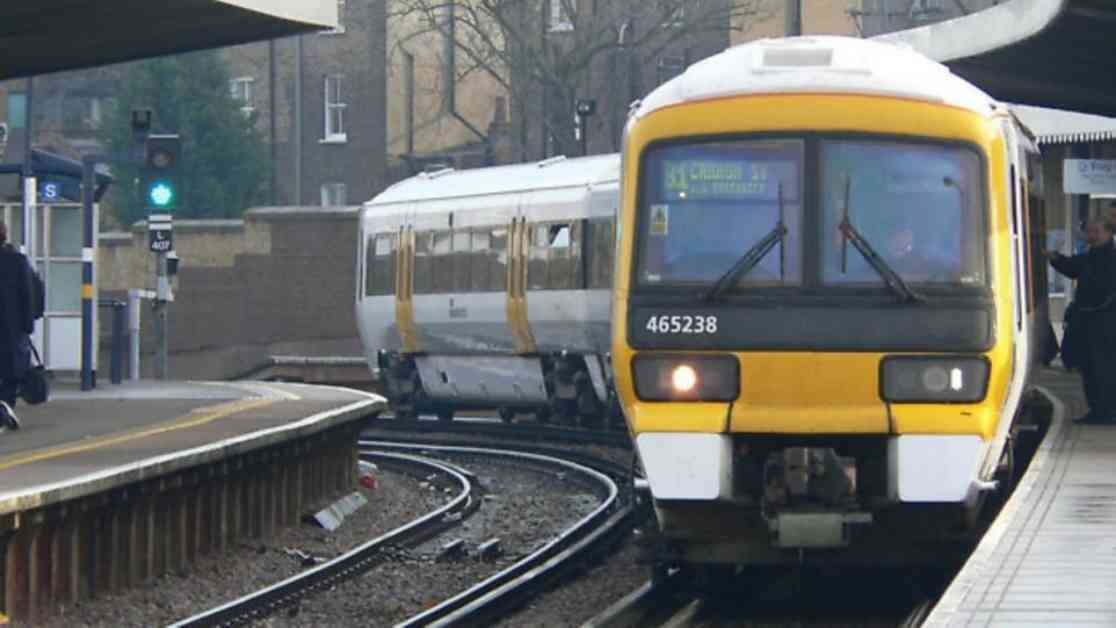Travel Disruption at South East London Station: What Happened and How to Avoid Chaos
Travelers in South East London faced major disruptions at their local train station last week, causing chaos and frustration for commuters. The incident, which occurred on a busy weekday morning, left many passengers stranded and struggling to find alternative transportation options. The disruption was caused by a signal failure near the station, leading to delays and cancellations across multiple train lines.
Impact on Commuters
The travel disruption had a significant impact on commuters, with many expressing their frustration on social media platforms. Passengers reported overcrowded platforms, long delays, and confusion over which trains were still running. Some commuters even missed important meetings or appointments due to the unexpected disruption. One frustrated traveler stated, “I rely on the train to get to work on time, and this disruption has really thrown off my entire day.”
The chaos at the station also affected local businesses, as employees were unable to reach their workplaces on time. Shop owners and managers expressed concern over the potential loss of revenue due to fewer customers visiting their stores. The ripple effect of the travel disruption was felt throughout the community, highlighting the importance of reliable transportation infrastructure.
Cause of the Disruption
The signal failure near the South East London station was identified as the primary cause of the travel disruption. Signals are crucial for ensuring the safe operation of trains and preventing collisions on the tracks. When a signal fails, trains are unable to proceed safely, leading to delays and cancellations. The exact reason for the signal failure was not immediately clear, but engineers worked tirelessly to resolve the issue and restore normal service as quickly as possible.
Network Rail, the organization responsible for maintaining the rail infrastructure, issued a statement apologizing for the disruption and assuring passengers that measures were being taken to prevent similar incidents in the future. They emphasized the importance of regular maintenance and upgrades to ensure the reliability and safety of the rail network. Despite the inconvenience caused by the signal failure, many commuters appreciated the transparency and communication provided by Network Rail during the crisis.
How to Avoid Chaos
To avoid chaos during future travel disruptions, commuters are advised to plan ahead and stay informed about potential issues on their route. Checking for updates on train schedules, delays, and cancellations can help passengers make alternative arrangements if necessary. It is also recommended to have a backup transportation plan in place, such as using a different mode of transportation or working remotely if possible.
Additionally, passengers can sign up for alerts from the train operating company or download mobile apps that provide real-time updates on service disruptions. Being proactive and prepared can help minimize the impact of unexpected travel disruptions and ensure a smoother commuting experience. By staying informed and flexible, commuters can navigate challenges more effectively and avoid unnecessary stress and frustration.
In conclusion, the travel disruption at the South East London station serves as a reminder of the importance of reliable transportation infrastructure and the need for contingency plans during emergencies. By planning ahead, staying informed, and remaining flexible, commuters can mitigate the impact of disruptions and navigate challenges more effectively. The incident also highlights the crucial role of organizations like Network Rail in maintaining the safety and reliability of the rail network for passengers and businesses alike.





















